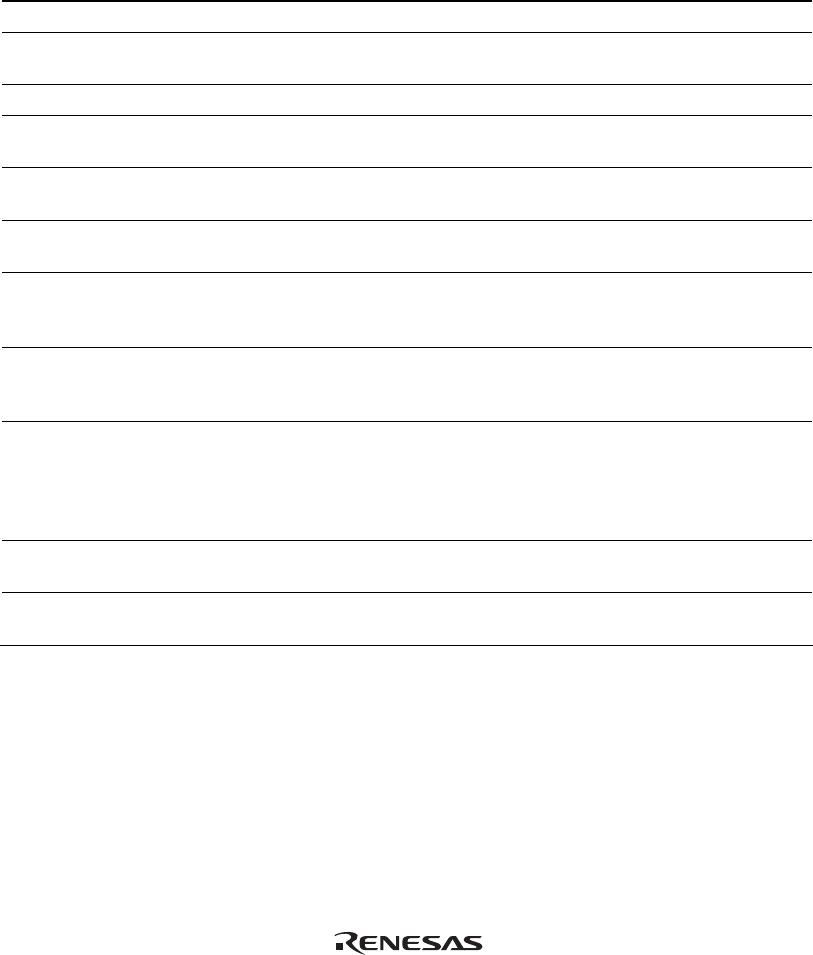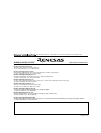
46
Table 2.13 shows the measurement items and methods that are mainly used.
Table 2.13 Main Measurement Items
Main Measurement Item Measurement Method
Elapsed time Number of elapsed cycles x CPU clock cycles
Number of execution instructions Number of valid instructions issued + number of cases of
simultaneous execution of two instructions
Number of interrupts accepted Number of exceptions accepted
Number of instruction fetches (for
both cache and non-cache)
Number of memory accesses in an opcode
Instruction-cache hit ratio (Number of instruction-cache accesses– instruction-cache
miss counts)/instruction-cache access counts
Number of operand accesses (for
both cache and non-cache)
Number of memory accesses in an operand (read) + number
of memory accesses in an operand (write)
Operand-cache hit ratio (read) (Number of operand-cache accesses (read) – number of
operand-cache misses (read))/number of operand-cache
accesses (read)
Operand-cache hit ratio (write) (Number of operand-cache accesses (write) – number of
operand-cache misses (write))/ number of operand-cache
accesses (write)
Operand-cache hit ratio (Number of operand-cache accesses (read) + number of
operand-cache accesses (write) – number of operand-cache
misses (read) – number of operand-cache misses
(write))/(number of operand-cache accesses (read) + number
of operand-cache accesses (write))
System bus: occupied rate of
request bus
(The equivalent CPU clock value of the number of
requests)/number of elapsed cycles
System bus: occupied rate of
response bus
(The equivalent CPU clock value of the number of
responses)/number of elapsed cycles


















